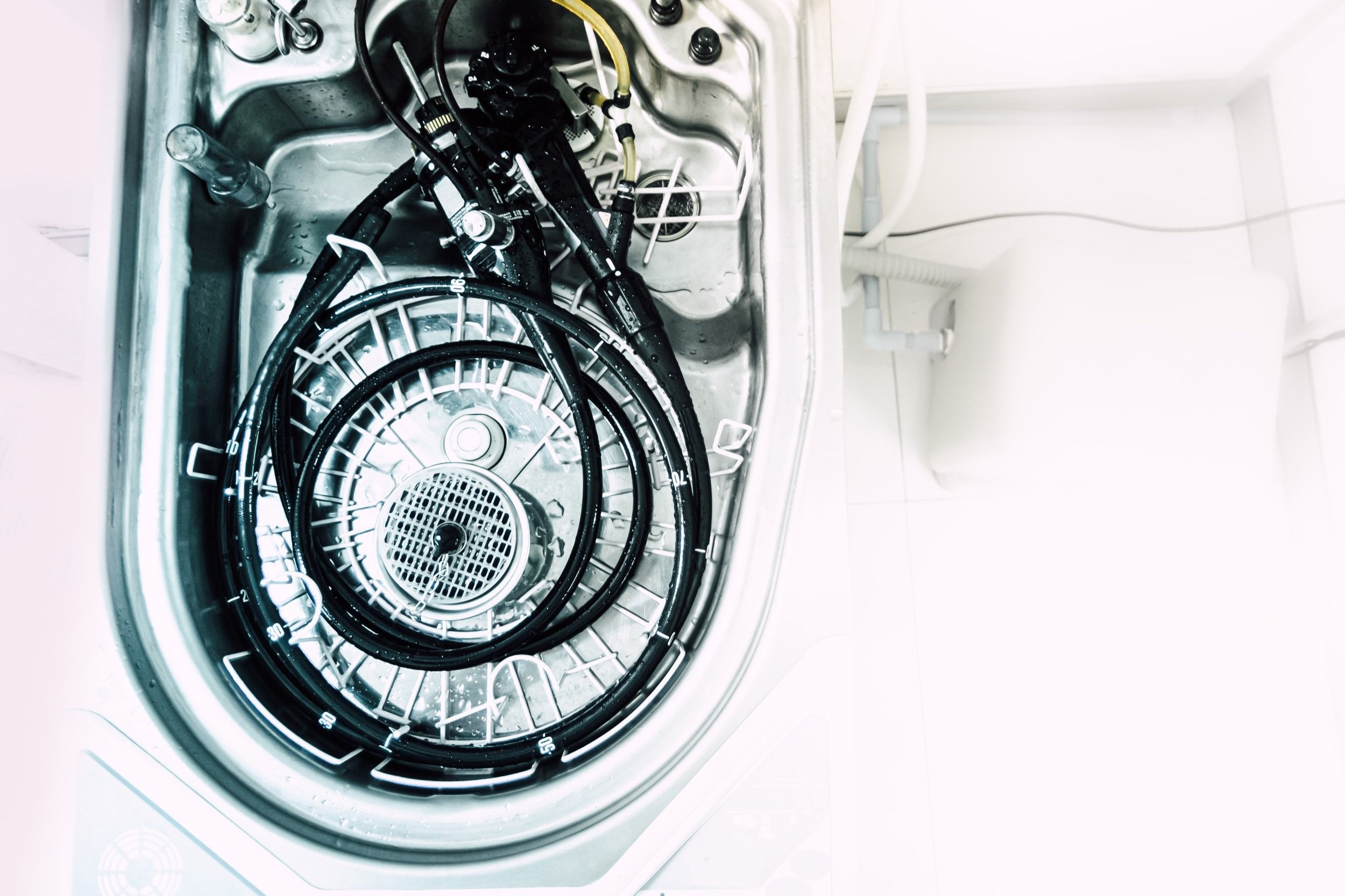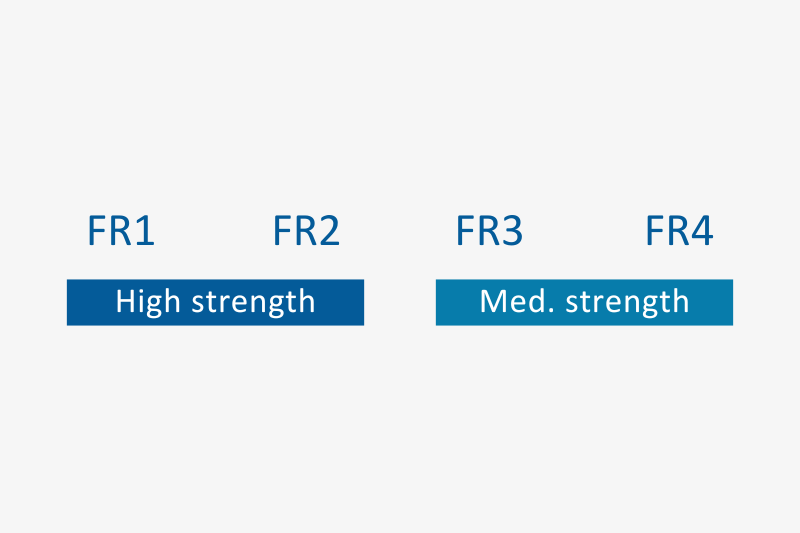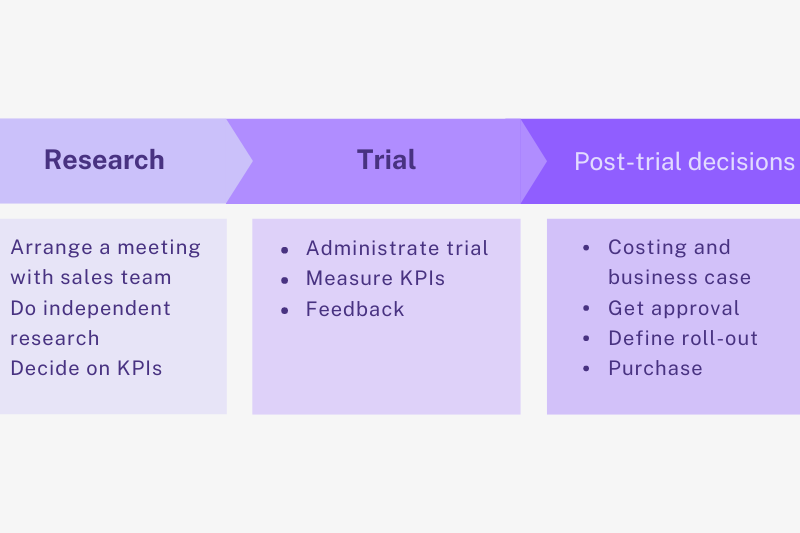
Glutaraldehyde vs PAA preformed vs PAA in situ in endoscope disinfection
Glutaraldehyde vs PAA preformed vs PAA in situ in endoscope disinfection

Differences between pre-formed, in situ peracetic acid, and chlorine dioxide
Discover the differences between pre-formed and in situ peracetic acid, and chlorine dioxide

Ozone as a disinfectant
Ozone is an extremely potent oxidising agent in a gaseous form, capable of breaking apart aromatic and alkene functional groups in chemical compounds.

Why you need a multi-strength disinfectant
In a hospital you’ve got many different areas with different risk factors. We now have Functional Risk categories to divide up these risks, but often use the same disinfectant at the same strength throughout. However it has been determined that we don’t require the same level of cleaning controls throughout, so why use the same strength disinfectant?

The process of changing your disinfectant
Over our years of experience working with the NHS, we’ve found this to be the most effective route to changing product usage and has successfully implemented Peracide in many trusts. You can rely on us to take on a majority of processes and make the changeover smooth, efficient and effective.

Adapting cleaning and IPC for residential and social care
Care homes, hospices, community clinics and district nursing come with unique infection control challenges that frequently limit the product available and their scope for use. However social care requires a high level of infection control. As previously discussed, Government data shows that up to 43% of CDI cases were community acquired. There is a clear need for improvement.

Pre-formed or in situ PAA?
There are two main processes to manufacture and produced that peracetic acid can be produced.

